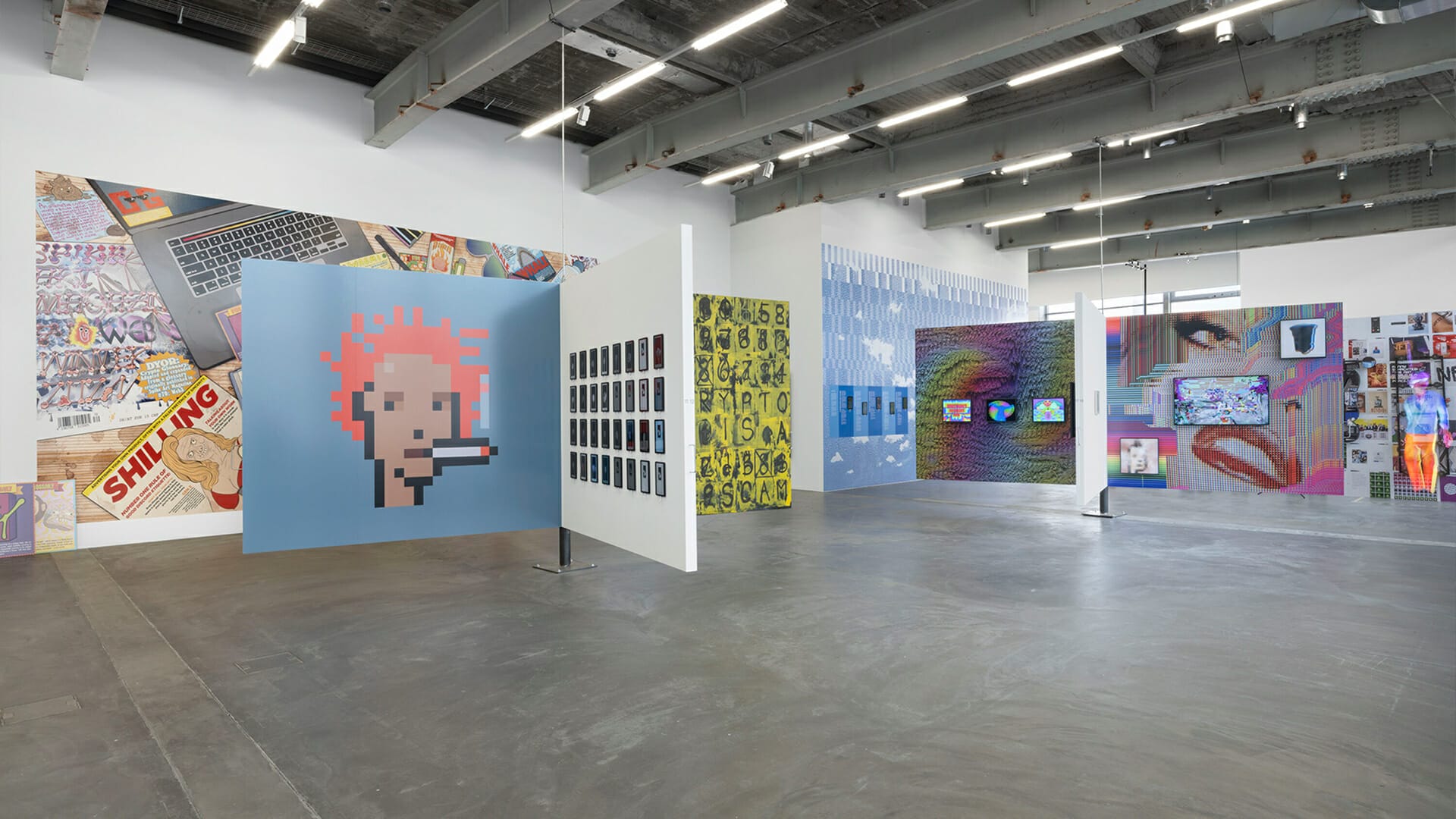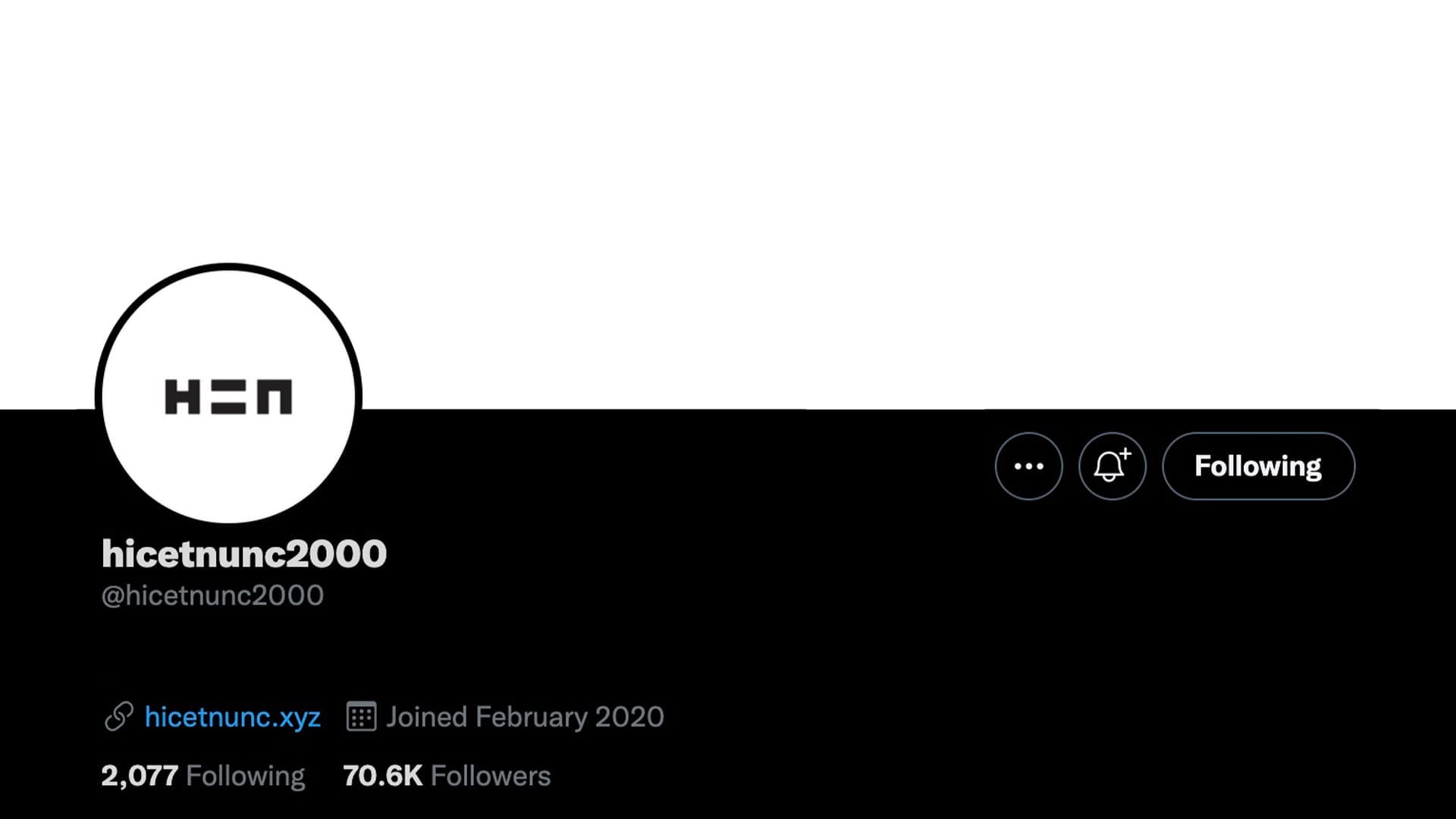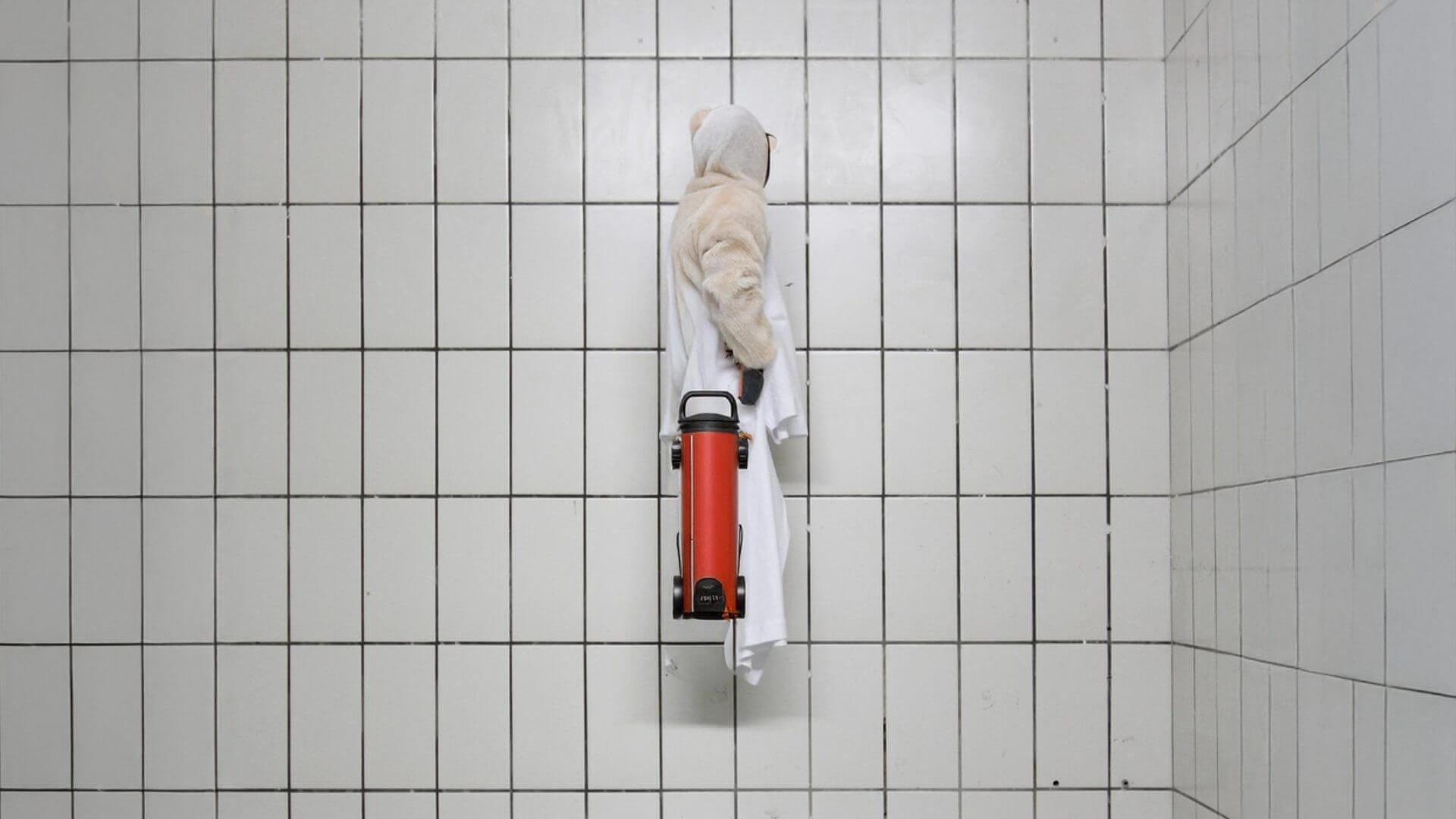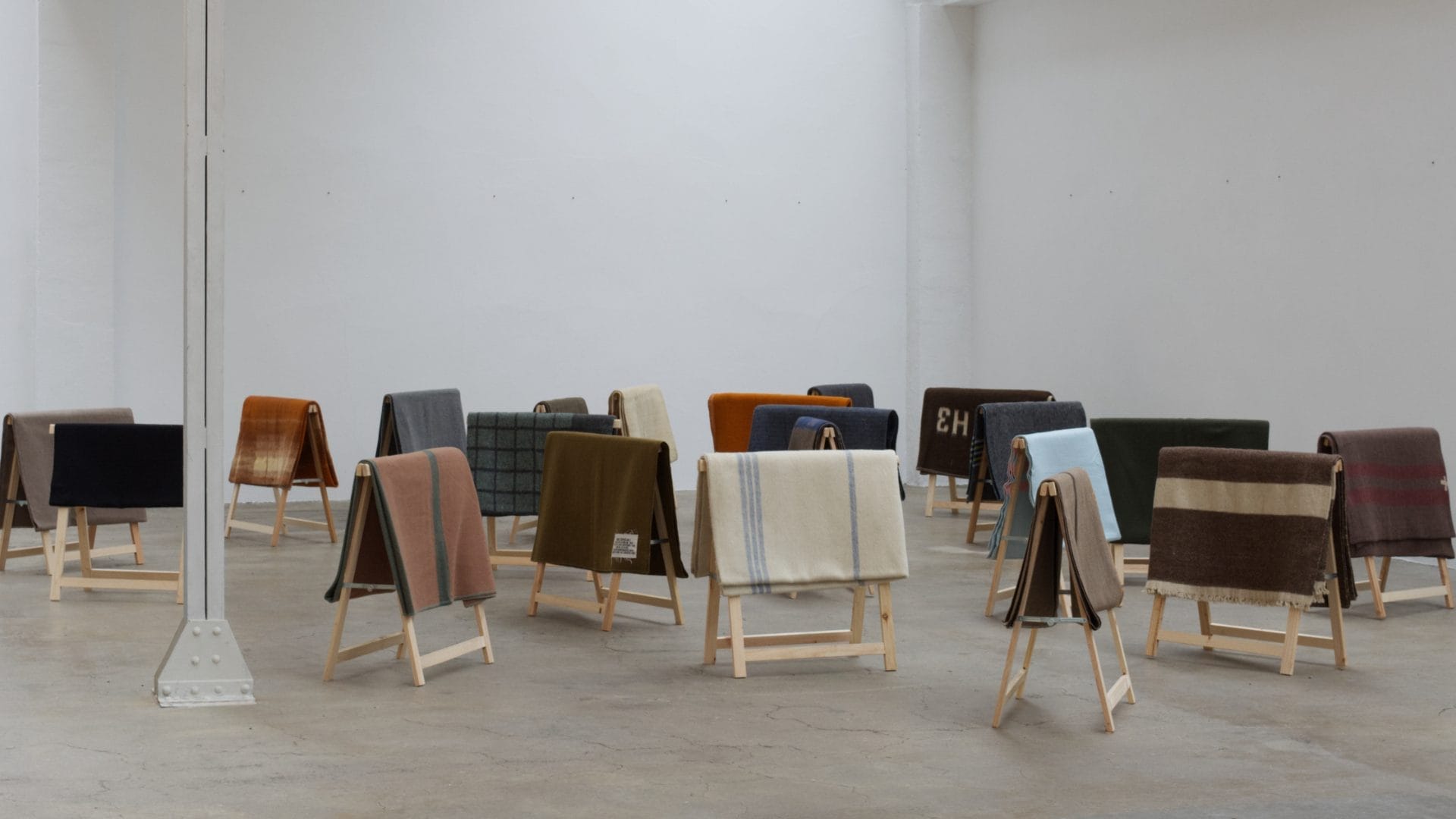
Fakewhale in Dialogue with Andréa Spartà
Andréa Spartà lives and works in Paris. With a background from the École Nationale Supérieure d’Art de Dijon and exhibition experience in various international institutions, Spartà stands out for his installations and sculptures that transform everyday household objects. As usual, we are quite fascinated by this approach to sculpture. Through a subtle and profound reflection on banality and the ordinary, we decided to conduct this interview with Andréa. During our conversation, he shared insights about his practice, reminding us of his relationship with the surrounding environment and the often-overlooked objects within it.”
Fakewhale: Andréa, your works often originate from household items such as electrical outlets, sheets, and flyers found on the street. What attracts you to these objects, and how do you decide which ones to include in your installations?
Andréa Spartà: The domestic space has always fascinated me. When I was younger, I wanted to be a designer. The objects around us, the way we live with them, and how they become part of our lives, really intrigue me. When I started including domestic objects in my work, I mostly used items like tables, armchairs, vases—large, “noble” things. Gradually, I began focusing on more ambiguous items, like power strips, smoke detectors, and administrative documents. I love that these objects aren’t meant to be seen, that their importance is hidden. I feel like there are more possibilities with them.
During your residencies at the Cité Internationale des Arts in Paris and the Pistoletto Foundation in Biella, how did your approach to selecting and using objects in your work change?
When I was at the Cité Internationale, I was very interested in the idea of adornment. To adorn an object is something purely unnecessary. We adorn for no other reason than to adorn; it’s an act of pure extravagance. The frieze on a wall doesn’t make it stronger, and the decoration on a door handle doesn’t make it more effective. Adorning is like highlighting the existence of something. There’s a form of vanity in it, something non-productive, which I find very beautiful. My research focused a lot on this; I was trying to understand how the smallest things found on the street, in the trash, or in a store could carry these existential questions, simply by their placement in space.

When I arrived in Italy, at the Pistoletto Foundation, I had just moved, I no longer had a studio, no tools, and no budget to bring back the pieces I was going to make. So, I had to work with what I found, without much ability to transform materials. The pieces also had to fit in my suitcase or be left behind. Across from the foundation, there was a second-hand store. I made an exhibition with several things bought there, but also with items found on the street, in the foundation, and things I borrowed. This was quite decisive for me; I couldn’t really “invent,” I had to create poetry and narrative just through recontextualizing objects.
In one of your latest exhibitions, “Longlife,” you use objects such as power strips, WiFi routers, and Amazon boxes. How do these objects reflect your view of contemporary life and sustainability?
I like these objects because they embody both humility and a certain violence. They are objects we always try to hide, even ones that make us anxious. Because of this, I feel they are very difficult to tame, as if they have a personality that needs to be acknowledged and respected. They don’t structure our living spaces like a sofa or a table, but they occupy space just as we do.
I’m increasingly interested in objects like insect traps, decoys, and mosquito lamps. I think they are a kind of Memento Mori, similar to classic still lifes that might depict pears and a dead hare, for example. There’s also the notion of attraction; these objects are designed to lure in order to inflict harm. It reminds me of the parasite Leucochloridium, which invades a snail’s eyes, making them swell and pulsate so birds mistake them for worms, eat them, and help the parasite spread. It’s like a dance of death, similar to what you see in some medieval illuminations. There’s also, and this might be the aspect I’m developing more with these objects, the idea of making death ‘appear’ within a space. In my latest exhibition, Empire, at Ateliers Vortex, I used ultrasonic pest repellers. They’re small, discreet objects that you plug directly into electrical outlets. I like that they’re very discreet, ordinary, but they make the entire environment toxic and hostile in a completely invisible way.
Who are your reference artists?
Before I got into art, I was very involved in music. Music is still a big part of my life today, and I think it deeply influences my work. I don’t stick to a specific genre, but I’m interested in experimental approaches. Not just what is often labeled ‘experimental music,’ as if it were a genre, but a way of approaching codes that leaves a lot of room for doubt. I hate understanding everything; I need to feel lost when I listen to something. This approach has really informed how I view my work. I doubt a lot. I try never to know where I’m going. Maybe that’s why I started using found objects; it allowed me not to know where I was heading. If I had to name a few influences, I really appreciate the empirical approach of musicians like Xiu Xiu, Sprain, or Keiji Haino. If I had to name a visual artist, I think the one who had the greatest influence on my life was Marc Camille Chaimowicz. We met when I was a student and quickly became friends due to our shared interest in design, domestic life, literature, and birds. We stayed in touch until his death a few months ago. His work, very colorful and decorative, is paradoxically tinged with a deep melancholy. This contrast has greatly influenced me.
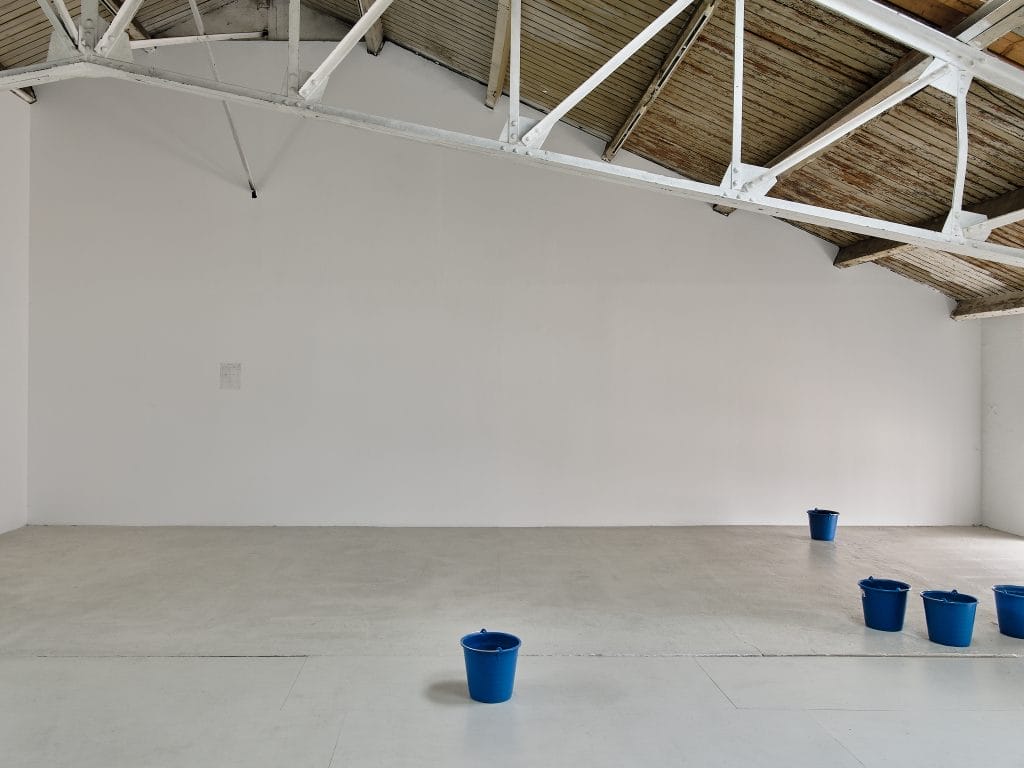
In previous texts, you have mentioned the influence of Byung-Chul Han’s book “The Burnout Society.” How has this book influenced your artistic thinking, particularly regarding themes of rest and productivity?
In this book, Byung-Chul Han describes fatigue as a sort of place of resistance against capitalism. I like to approach things in an anti-productivist manner. This is a question that is somehow reflected in my interest in ornamentation, as I mentioned earlier. The idea of simply manifesting presence, without a purpose. I find this idea even more present in the notion of melancholy. I once heard someone on the radio say that melancholy is an illness that allows you to see things as they are. I believe that’s very true. Melancholy or fatigue are states of disenchantment that make us perceive the outside world in all its nakedness. I think that’s what I try to do with my work, to put us in a receptive state.
In your exhibition “A Knife In The Sun,” you showed three toy cars that spin on their own. How did this element come about?
I bought these cars, which light up and spin frenetically, from a street vendor outside a train station in Milan. Night was falling, and I was mesmerized; I watched them spin endlessly, feeling as if a truth was unfolding before my eyes, both brutal and sublime. When I got home, I looked up these cars online. I found them on a Chinese website, with a customer review that said, ‘Funny, I don’t know who it’s for but it’s funny.’ Indeed, you don’t know who it’s for. A child can’t play with them; they’re not controllable, their movements are pre-programmed, and you can’t manipulate them while they’re on. An adult wouldn’t have much use for them either, except to watch. These objects seem to be designed purely for stimulation. They are a total, ‘free’ expenditure of energy, intrinsically speaking. A purposeless agitation. They’re not developed for any practical use, only to stimulate purchase. It’s a kind of advertisement without a real product. A pure product of capitalism. What interests me is the post-purchase life of these objects. Beyond the economic system, there remains this ‘soliciting body.’ I started to see these objects as carriers of a certain melancholy. The only use you can get from them is a disinterested, almost jaded contemplation that quickly becomes tedious because of their infernal rhythm and noise. They were roughly at the center of this exhibition. The other pieces were very understated, inert, and rather discreet. I chose the title of the exhibition, “A Knife In The Sun,” after the cars. It’s a title borrowed from Xiu Xiu, whom we mentioned earlier. I really like this image, this vain gesture of stabbing the sun with a knife, a gesture whose violence and drama are matched only by its absurdity and futility. It suited these cars well.

How do you maintain the balance between theory and practice in your work? How does this balance influence your creations?
I am very wary of structured, logical, clear thinking. Of course, theoretical thinking is important and enlightening, but I think it should come after the works. What interests me about art is the ambiguity. This might actually be a broader question: we spend a lot of time naming things, explaining, popularizing. I think we lose a lot by doing that. In recent years, poetry has almost exclusively replaced theory in my readings, and I think I’ve never felt better. For my exhibitions, I always ask writers, even when they are art critics or philosophers, to write something that doesn’t legitimize my choices, my actions. I prefer the texts to accompany the exhibition, to be almost an autonomous element that shares a common atmosphere with the exhibition. When I work with writers, we talk mostly about the atmosphere but very little about the works. I believe it’s important to leave a lot of room for ambiguity.
Your work “Couvertures” is an ongoing inventory of blankets used by soldiers from various armies. What is the message behind this installation, and how do you hope the public interprets it?
I started this piece a few years ago. One day, I realized that all armies had their own blankets, with different colors and textures. I began to inventory them, buying all those I could find, contacting my friends living abroad, or directly contacting the armies of different countries to obtain them. What I find beautiful about this object is that it is both very intimate and very political. It is a kind of flag but completely unidentifiable. It is an object of war, but it is not an object of assault or violence. It is an object of “failure,” that welcomes a sleeping, vulnerable body. When I install this piece, I make sure that no logic or order appears. I do not think there is a message in this piece. When I want to convey a message, I use words to make sure the message is well understood. I say, for example, “There is a genocide happening right now, it is extremely serious.” However, when I create an installation, I want to leave a lot of ambiguity. There is little to no indication accompanying this work, but some elements present on the blankets provide interpretative keys. For example, one says “Combat Serviceable,” others have inscriptions in Cyrillic, Greek, etc. I simply want the public to find themselves in the midst of these blankets, which soldiers usually sleep in. Each person is responsible for their interpretation. Some have told me that Couvertures is very violent, while others find it very gentle. This ambiguity is exactly what interests me in these objects.
In your exhibition “Early Birds Leave Rotten Fruits,” you explored a more introspective tone influenced by personal experiences such as migraine crises. How have these experiences shaped your work and artistic perspective?
When I was working on Early Birds Leave Rotten Fruits, I found a porcelain figurine representing the Scarecrow character from The Wizard of Oz. He sings about being filled with sadness because he has no brain to understand the world around him. In reality, he understands it in a very direct, very accurate, very humble way. This ties into the questions of melancholy and fatigue we talked about earlier. The common point of these notions is a form of blindness that allows for the acute development of our perception. When we were working on Early Birds Leave Rotten Fruits with Pierre Ruault, the author of the accompanying text, we realized that we were both very prone to migraine crises. During a migraine crisis, our senses are pushed to their limit, the slightest light burns our eyes, the slightest noise is an aggression. It is a very violent and raw relationship with our environment. When the crisis subsides, it leaves a great fatigue, almost hypnotic. I think of a play, The Blind by Maurice Maeterlinck. A group of blind people is accompanied on a walk and sits under a tree. At some point, they realize that the guide is no longer there. They are suddenly lost, the mesh that connects them to the world seems to unravel, they perceive themselves existing more for what they are, masses in space.
During your exhibitions, natural light plays a crucial role in illuminating your works. How does this choice of lighting influence the atmosphere and perception of your installations?
All my exhibitions are lit by natural light. I systematically remove neon lights and other sources to ensure they are never turned on. An exhibition space is a performative space. The lighting is supposed to showcase the objects in the best possible way. One should see the same thing in summer as in winter, whether it is 9 AM or 3 PM, whether it is raining or sunny. This lighting is used to distinguish an object from its context. It presents an artifact. I consider the space as an integral element of my exhibitions. I see it as an organic, living material. So, it seems essential to me to let it live to the rhythm of the days, the weather, the season. Over time, I realize that I do not make the same exhibitions in summer as in winter. In summer, the question of light is easier, the sun sets late, the brightness is strong. In winter, it can set very early. “Early Birds Leave Rotten Fruits” opened in January, it was dark from 4 PM, and we had the opening in the dark. I had to take this parameter into account when designing the exhibition. The space was almost empty, there were smoke detectors on the ceiling. The indicator light of these detectors flashed alternately, asynchronously. When entering the exhibition space during the day, one hardly noticed anything. But when night fell, all these LEDs became visible and opened up more lyrical readings of this exhibition, flashing like a field of wind turbines at night or like a constellation of stars.
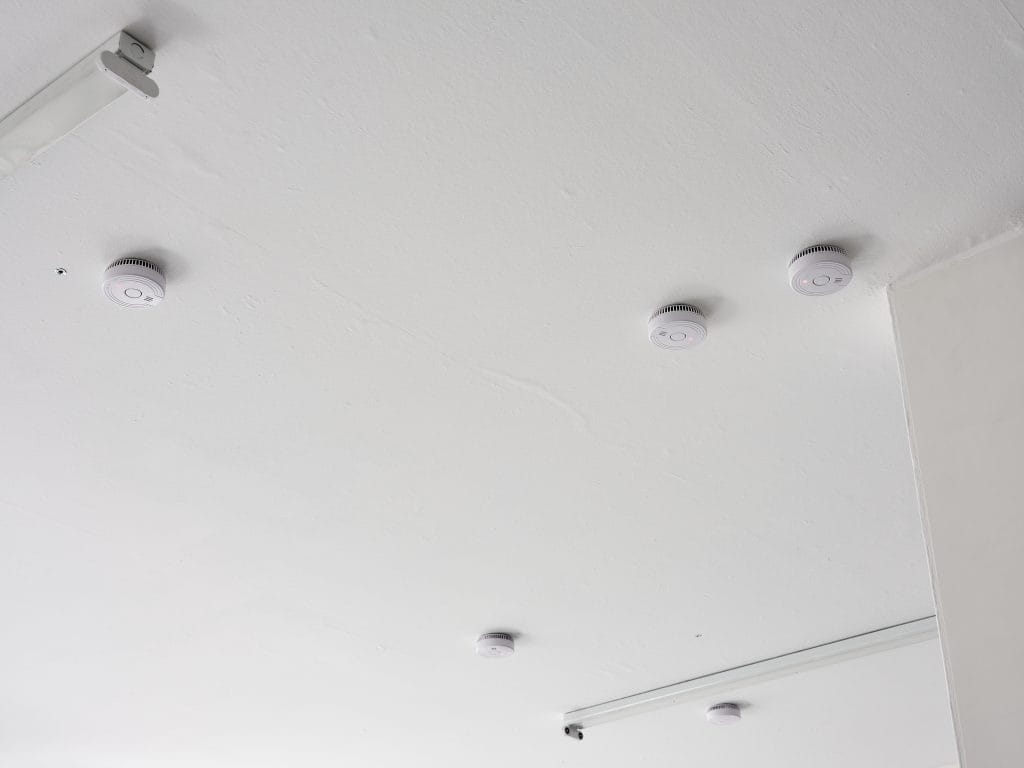
You have used organic and inorganic materials in your sculptures, creating a contrast between decay and permanence. What reflections do you want to stimulate in the audience through this dualism?
I am very influenced by classical painting, especially still life. Creating a still life, in a way, is about pointing out things and saying, “Here are two or three things that are here, just as you are here, impermanent.” This act of pointing out something is important to me. I started using materials like fruits and vegetables because I liked the fragility and instability they brought, highlighting a “being-there.” I feel that the organic presence in my work is becoming increasingly ambiguous. In “Empire,” the most visible intervention was plastic buckets placed where I was told the ceiling might leak when it rained. The core of the piece is really organic, even if it is not directly visible. There are also all the insect-repellent objects, or conversely, objects made to attract birds or other animals. In fact, the organic is always very present. The cars in “A Knife In The Sun” are very organic to me as well. The living interests me as an “acting body.” A fruit that withers, the declining sunlight, a plastic car going around in circles, a spectator walking through an exhibition, these are acting bodies.
In your work, you seek to create “folds in the fabric of reality.” Can you explain what you mean by this concept and how you achieve it in your installations?
I really like this expression. Roland Barthes uses it to talk about haiku. He says it is “the art of swiftly pinching the veil of reality.” He talks about how haiku is a very modest, very short form, a very prompt way of highlighting something that already exists. I seek to create slight folds. When you make a fold, in a piece of fabric for example, you don’t add anything, you just make a simple displacement of material. You only need to smooth out the fabric for the fold to disappear. I use very ordinary materials, sometimes found directly at the exhibition sites. My work consists of making this simple displacement of material, that is, making this fold. The whole challenge is to make an interesting fold. However, my work, although it sometimes comes close, is not procedural. What interests me is what settles into this fold and creates a new image, a kind of missing image, something that is almost narrative. If we speak, like Roland Barthes, of the veil of reality, then perhaps a fold is a mental image, something that lies between what we see and our eyes, our memory. A fold is an alteration.
How do you position yourself with digital media and images of your works? Do you prefer to personally oversee the documentation and publication of your exhibitions, or do you rely on a gallery or third parties?
This is a really important question nowadays. Exhibitions often do not last very long and are rarely seen by more than a hundred people. When they begin their lives as images, they are easily seen by thousands of people and remain available for a very long time. When I set up an exhibition, I take many images with my phone and a small camera. I use it as a kind of third eye, which forces me to stop and take the time to look, which is difficult during stressful times. For the “official” documentation of the exhibitions, I always work with the same photographers, mainly Nicolas Lafon and Anne Eppler. I like this long-term collaboration; they deeply understand what interests me and also bring me a lot. We have ongoing exchanges between exhibitions, especially about the relationship to light. Because I work with natural light, I also collaborate with them on documenting its evolution. We do several photo sessions, including at night. Receiving the photos allows me to conclude my work on an exhibition. In a way, it no longer belongs to me, since someone has “narrated” it in a different way than I did. I am currently working on the publication of a book that will bring together these images.
Looking to the future, what are the next projects or themes you plan to explore, and how do you imagine your work evolving in the coming years?
I don’t really know. I work by feeling my way, with what I see and what is happening. Some events can become very present in my work. For example, I recently adopted a kitten, and I am beginning to feel its influence on my work because it confronts me with a new typology of presence and objects. I also notice that notions of melancholy and a certain relationship to anxiety are increasingly directly present in my work. I imagine this will continue in this direction. My exhibitions also tend to be more stripped down. I want the blur between what is part of the exhibition and what is not to be more present. I am currently working on the next ones. In one of them, the main work will be outside, far from the exhibition venue itself. A few months ago, curator Thomas Maestro invited me for an exhibition at CAC Brétigny. The CAC was closed for renovation, so the exhibition was held in a temporary location. We thought about the possibility of a piece that would exist mainly through the story told about it. I installed a night light that projects small stars in the under-renovation exhibition space of the art center. This kind of project stimulates me a lot. At the same time, I am focusing on my drawing and collage work, which I show less than the rest. I want to give space to these productions, which are more autonomous than in-situ interventions.


fakewhale
Founded in 2021, Fakewhale advocates the digital art market's evolution. Viewing NFT technology as a container for art, and leveraging the expansive scope of digital culture, Fakewhale strives to shape a new ecosystem in which art and technology become the starting point, rather than the final destination.
You may also like
Art and Commerce: From Adversity to Alignment
The art market, with its intricate dynamics and fluctuations, has long been a source of tension for
RIP HEN: Reflections on the Early HEN Days
Two years since the abrupt closure of Hic et Nunc (HEN). In this special retrospective, we commemora
Fakewhale in Dialogue with FORM Space: A New Curatorial Syntax for Generative Visuality
In today’s hyper-documented landscape of contemporary art, where photography and video often risk

